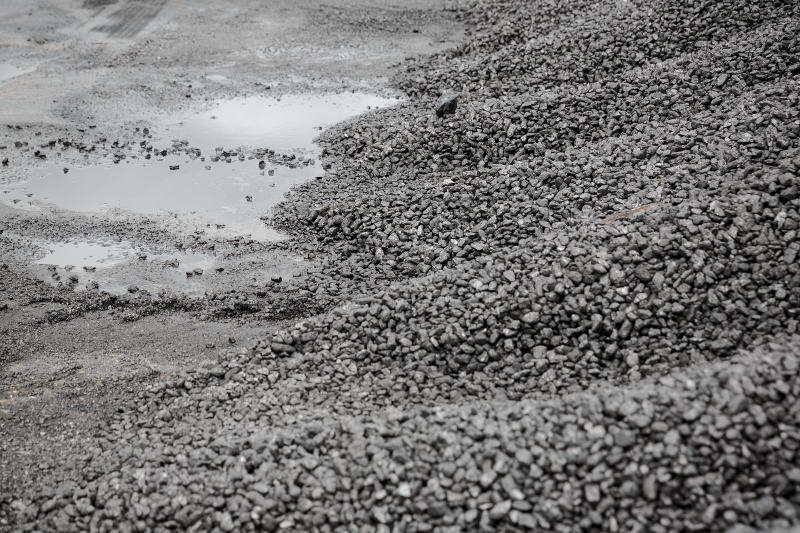Briquette and wood
Wood briquette - just like pellets - is made out of shredded wood waste. Briquette can be successfully used at traditional fireplaces and replace firewood. The low content of moisture causes that the calorific value of briquettes is higher than the one of wood.
The density of wood material in the production makes briquette combust gradually and slowly. Briquette is a dry type of fuel and this is its most important advantage. Wood must be aged to combust well. 1 ton of briquette is equivalent to 4 cubic metres of dried, ready-to-combust wood. It is worth remembering that wood purchased per cubic metre include loosely stacked logs. So as a matter of fact we do not how much wood we have actually paid for. Moreover, when you purchase wood you have to take some efforts to rearrange, age and dry, preferably for 1 up to 3 years. And briquette when purchased is ready to use immediately.
Its moisture (10% at maximum) is another advantage. To compare, aged 3-year wood has its moisture at 15-20% and dry wood fuel has a higher calorific value.







